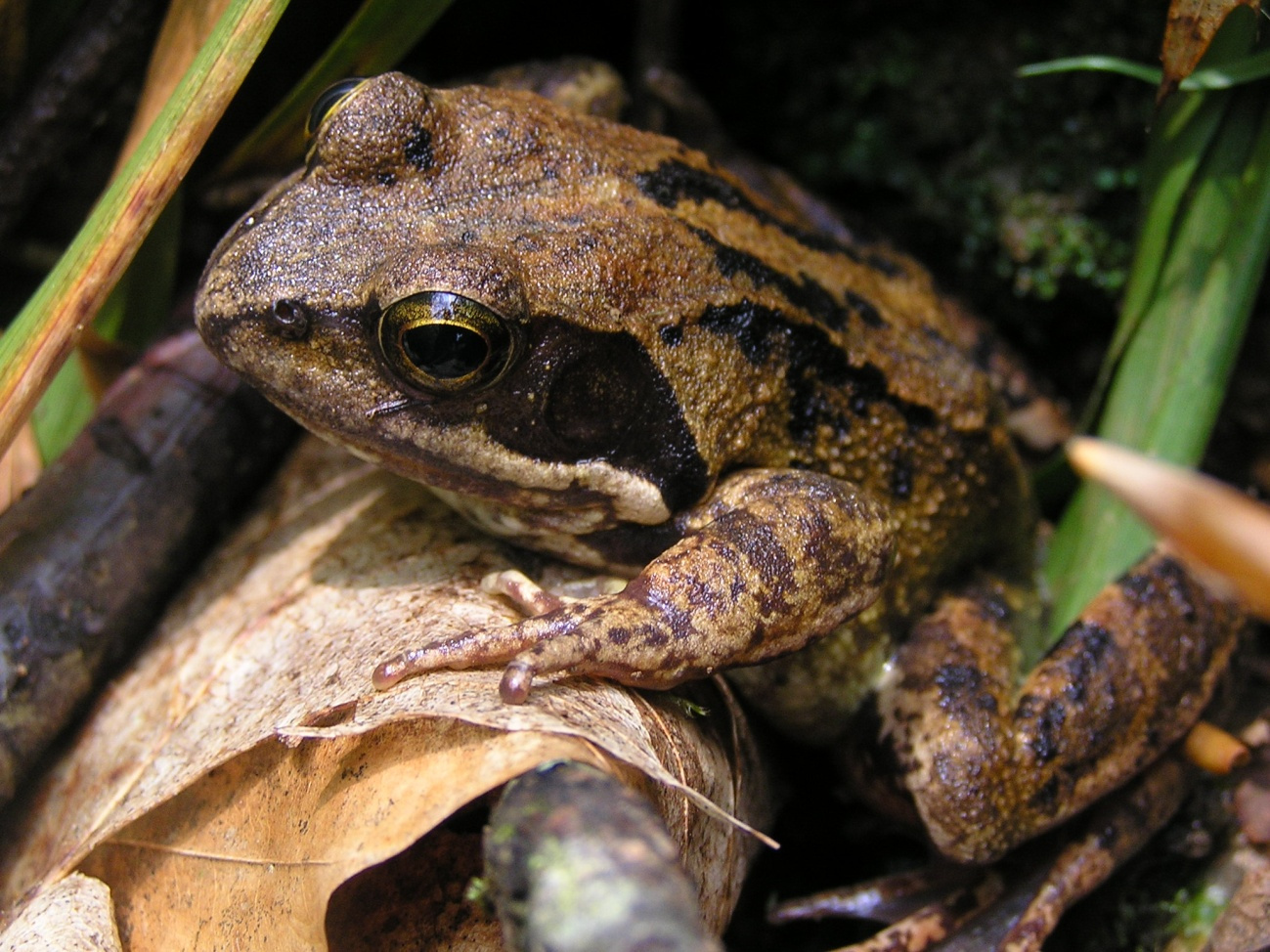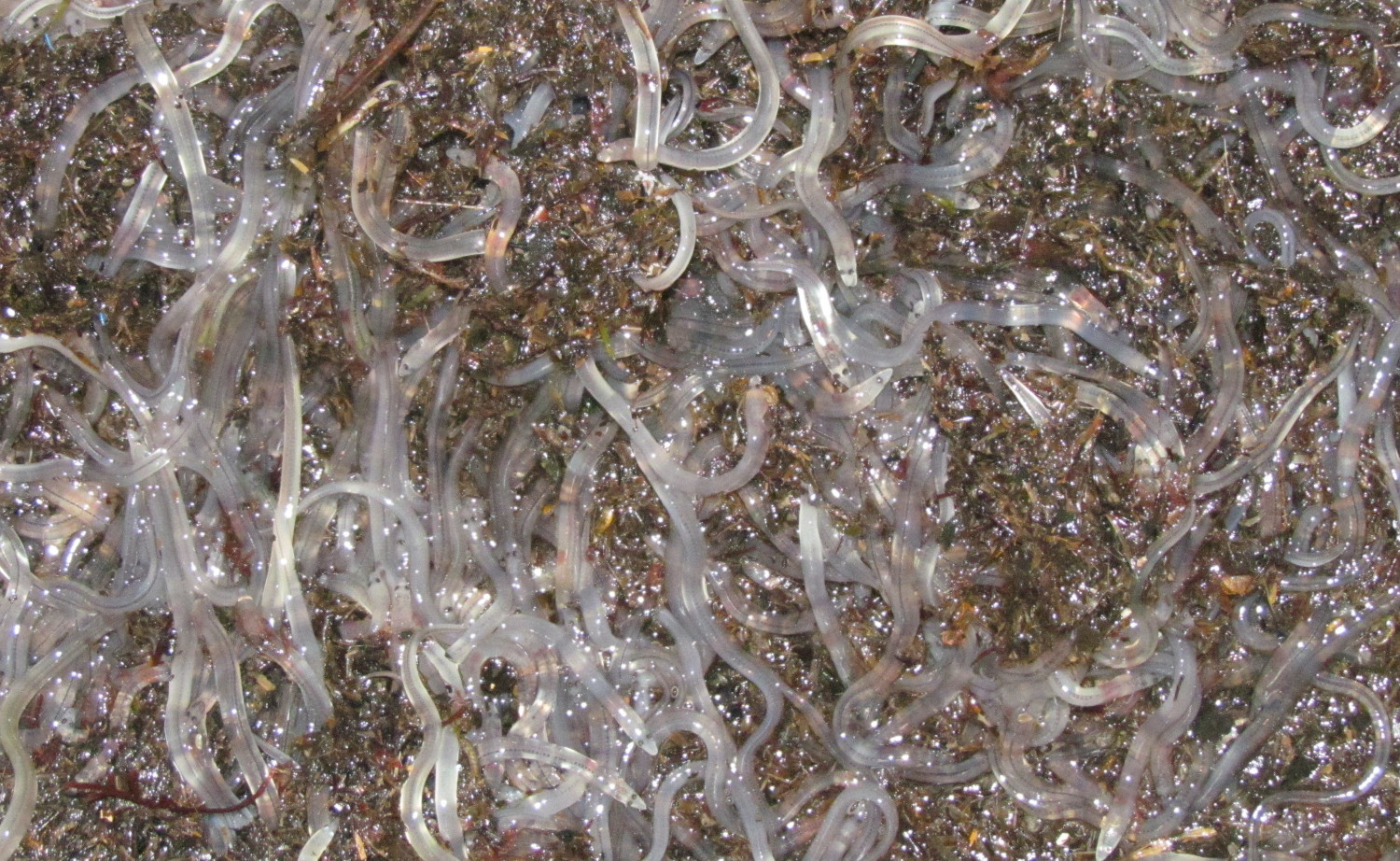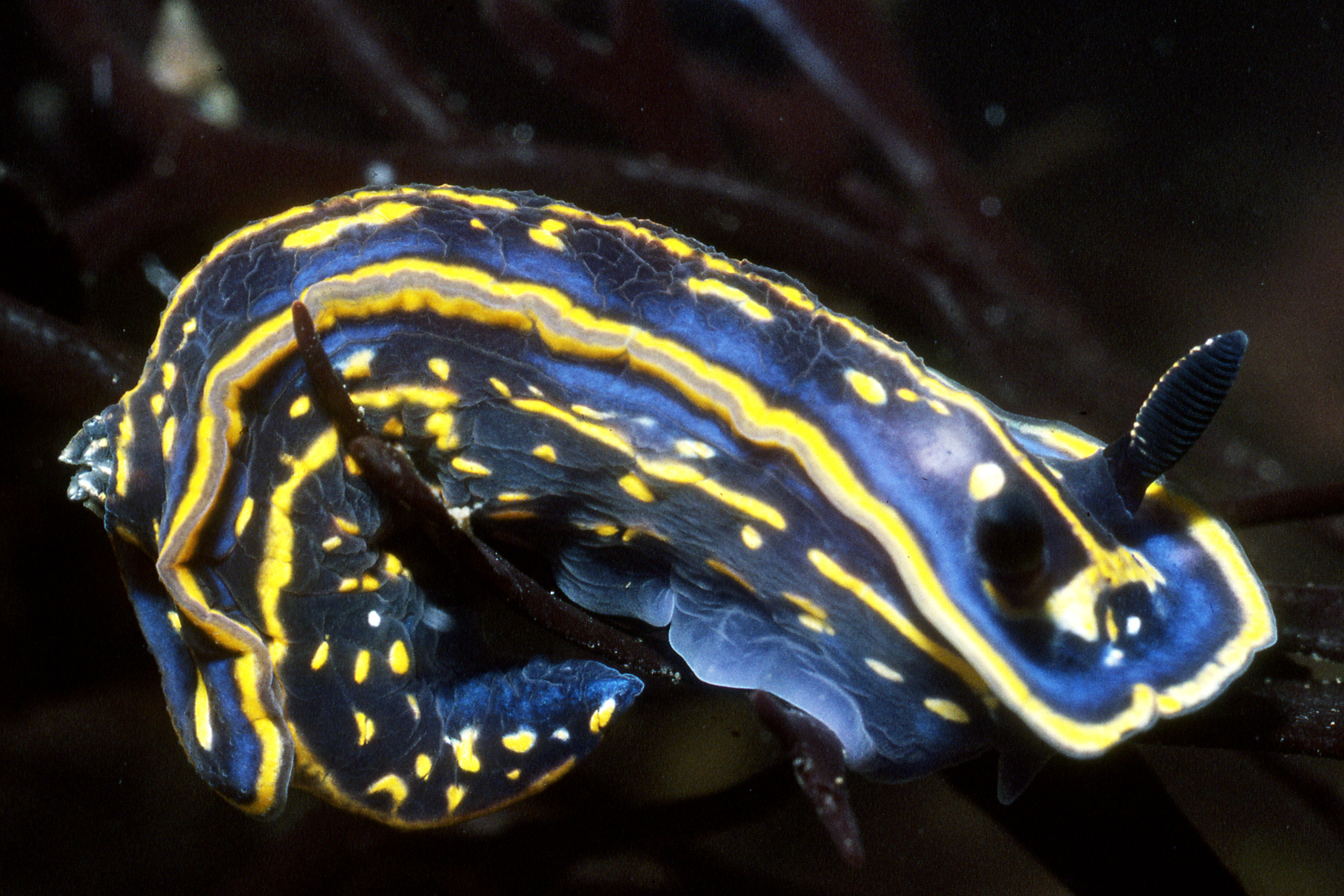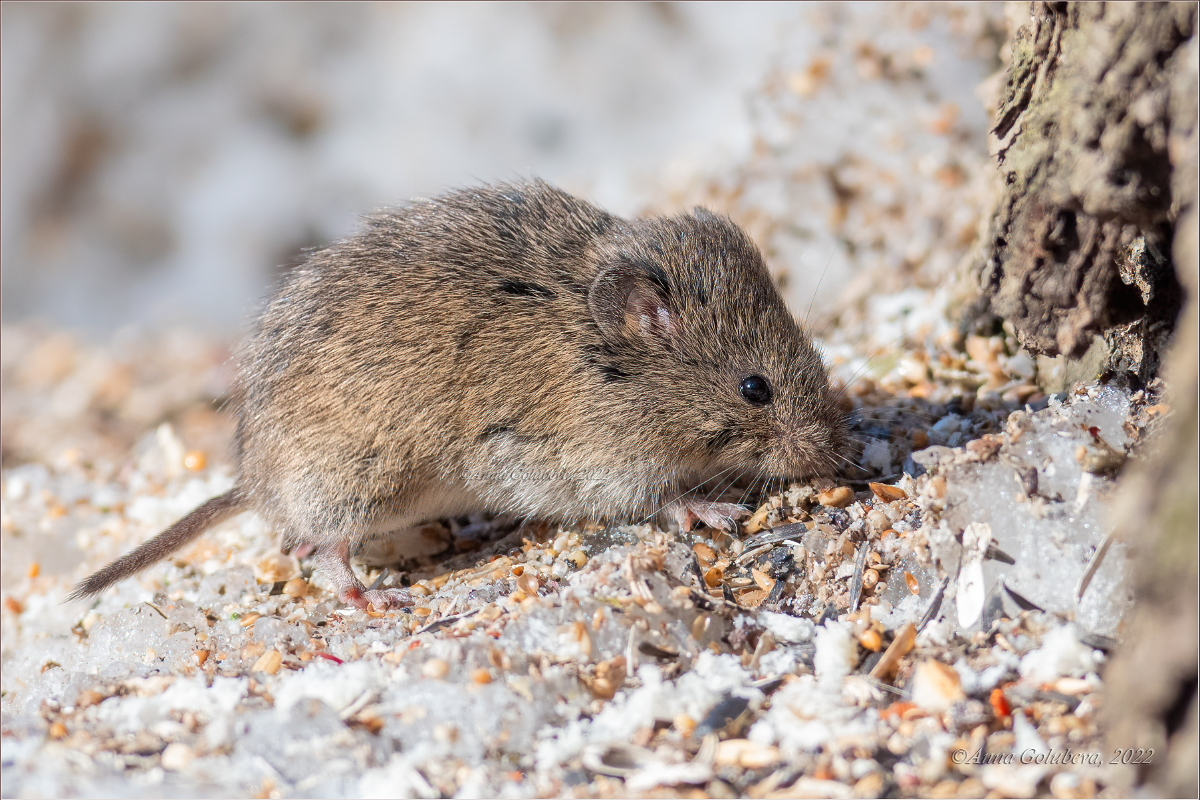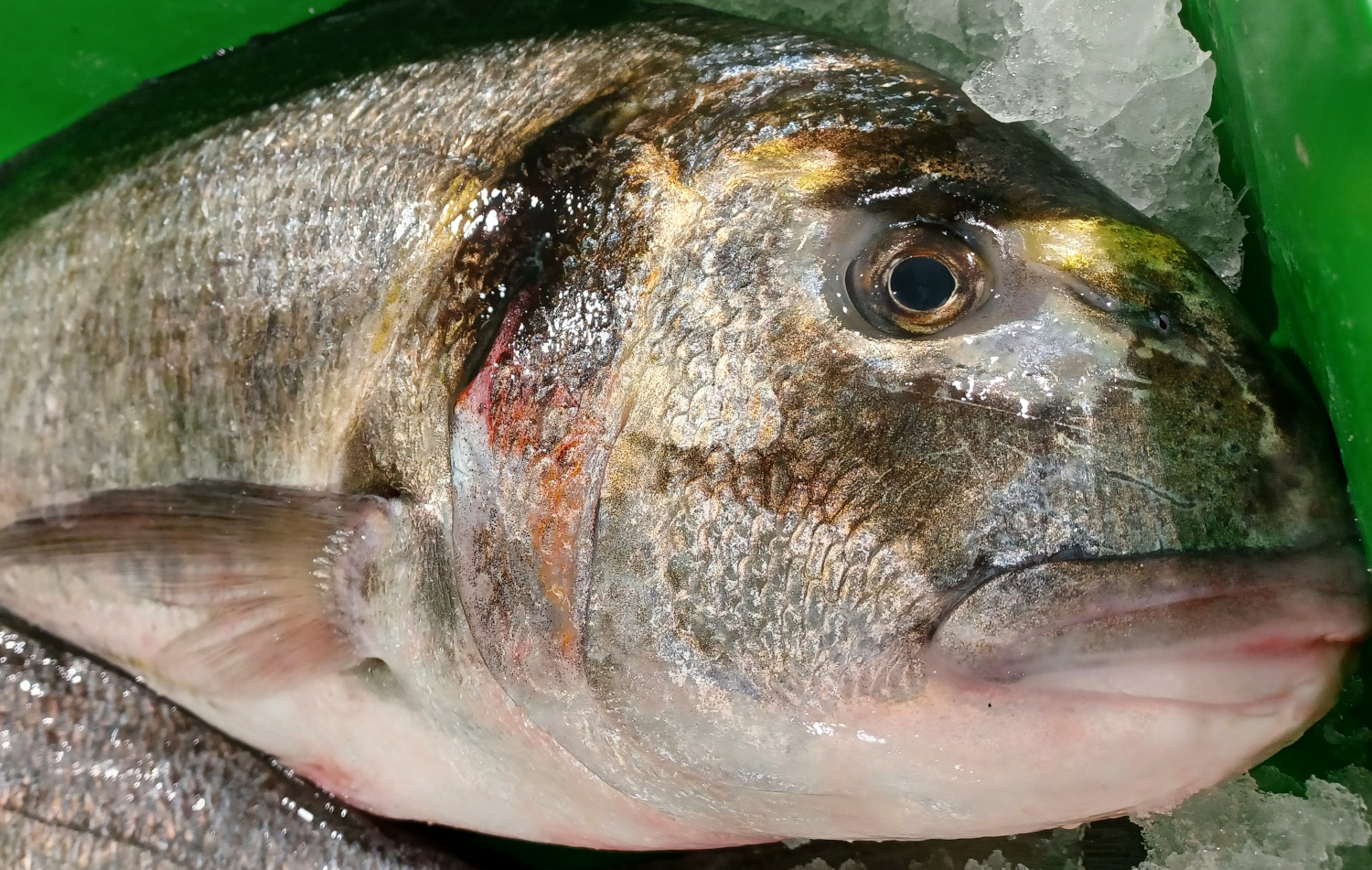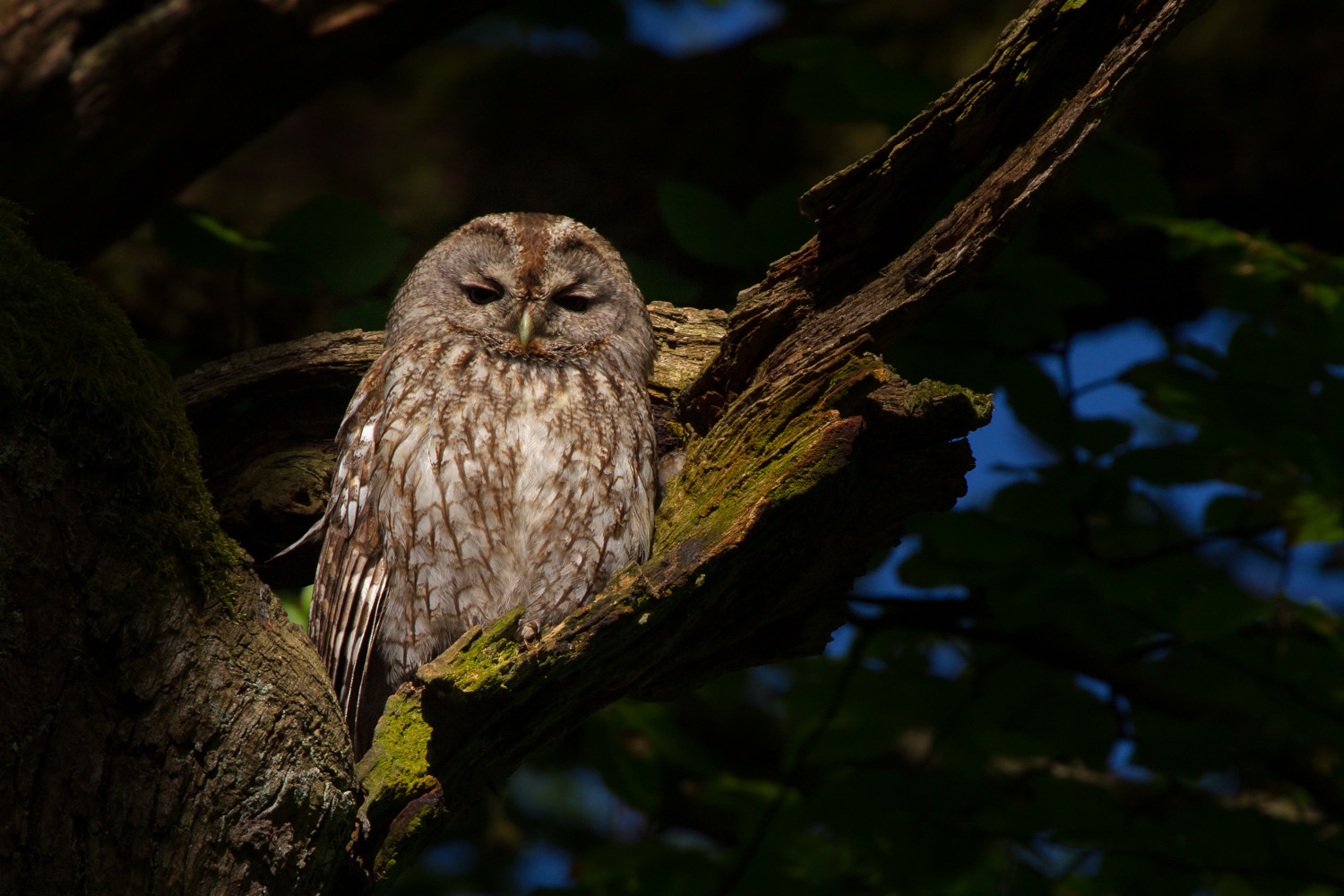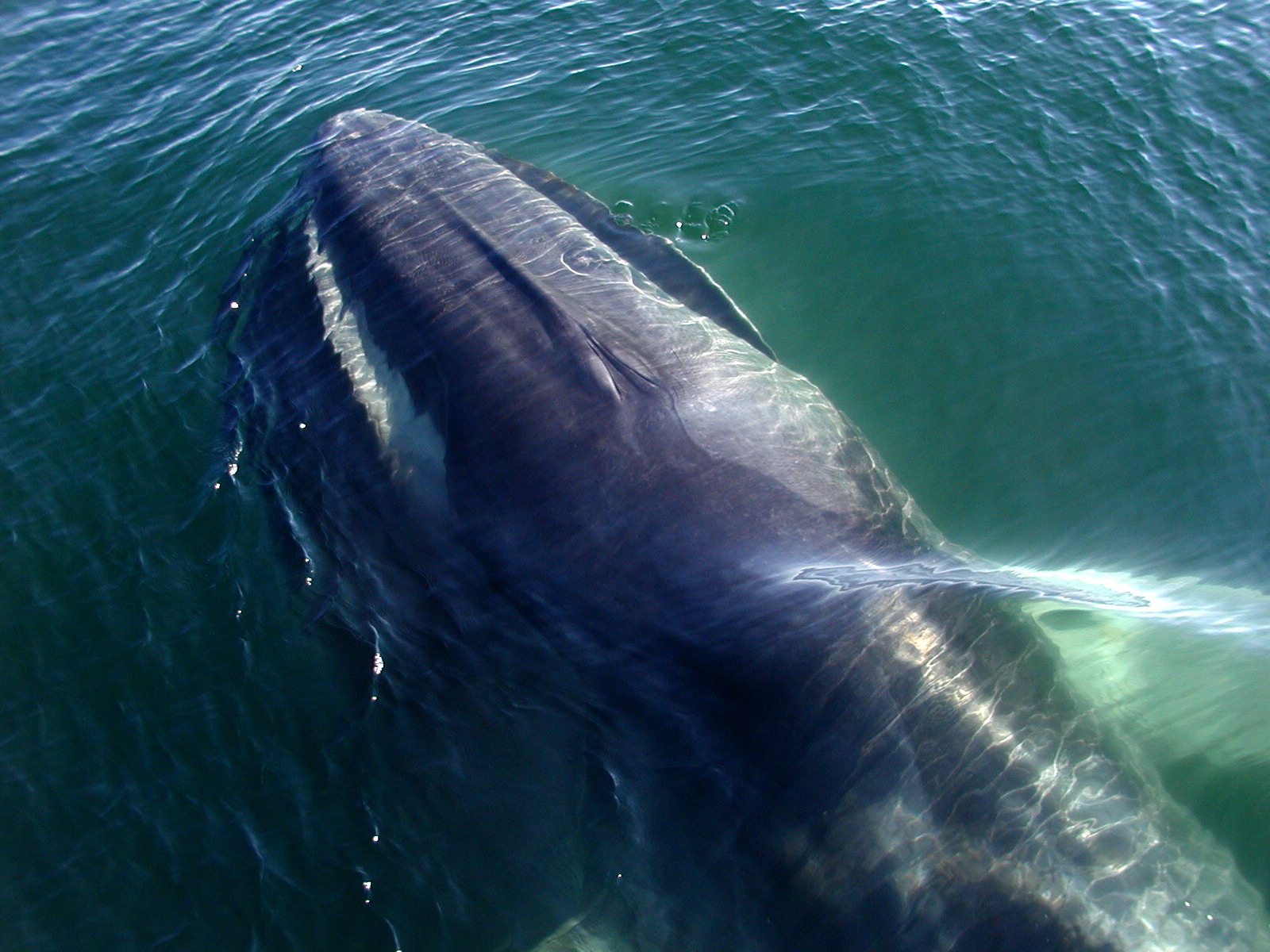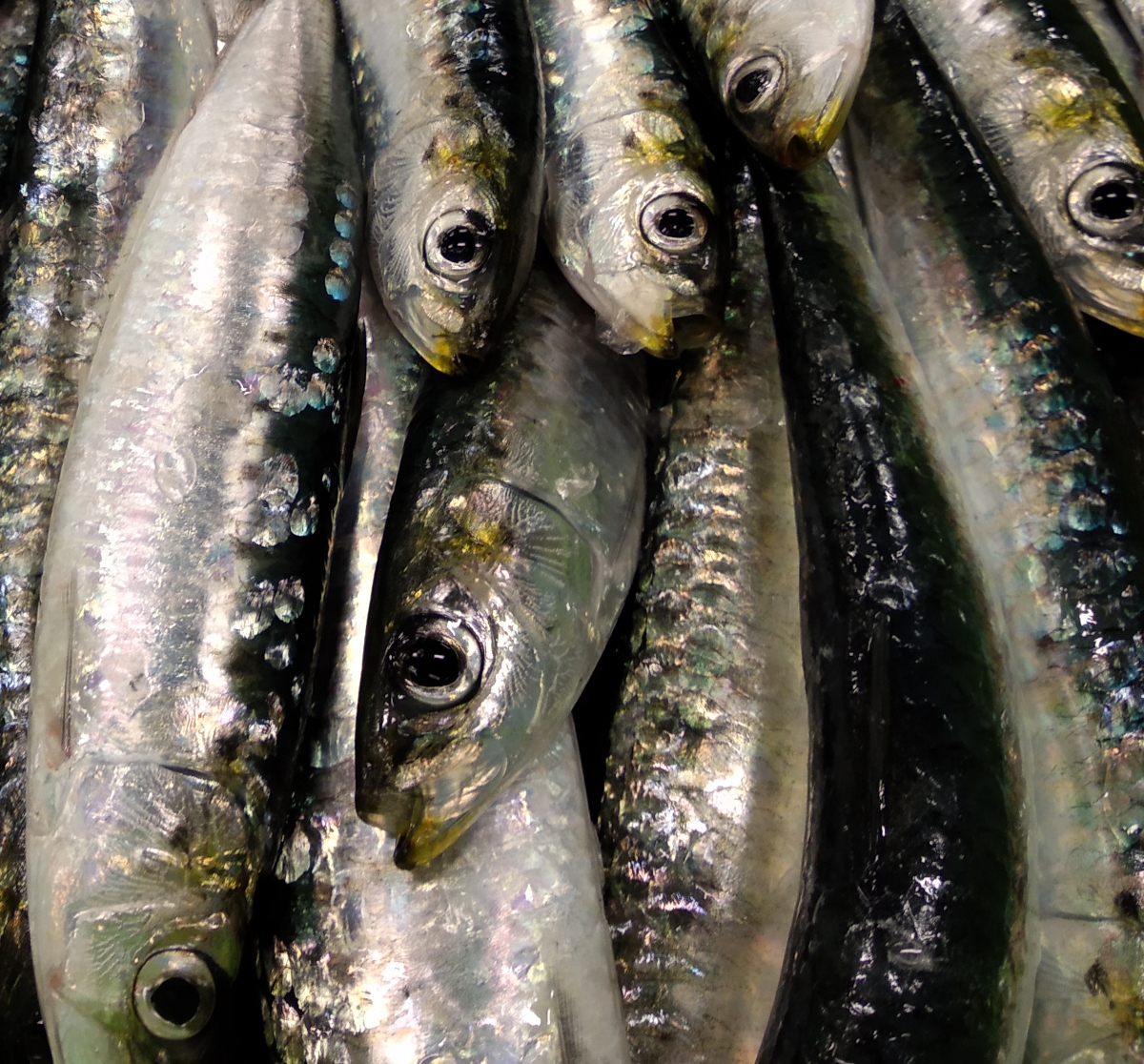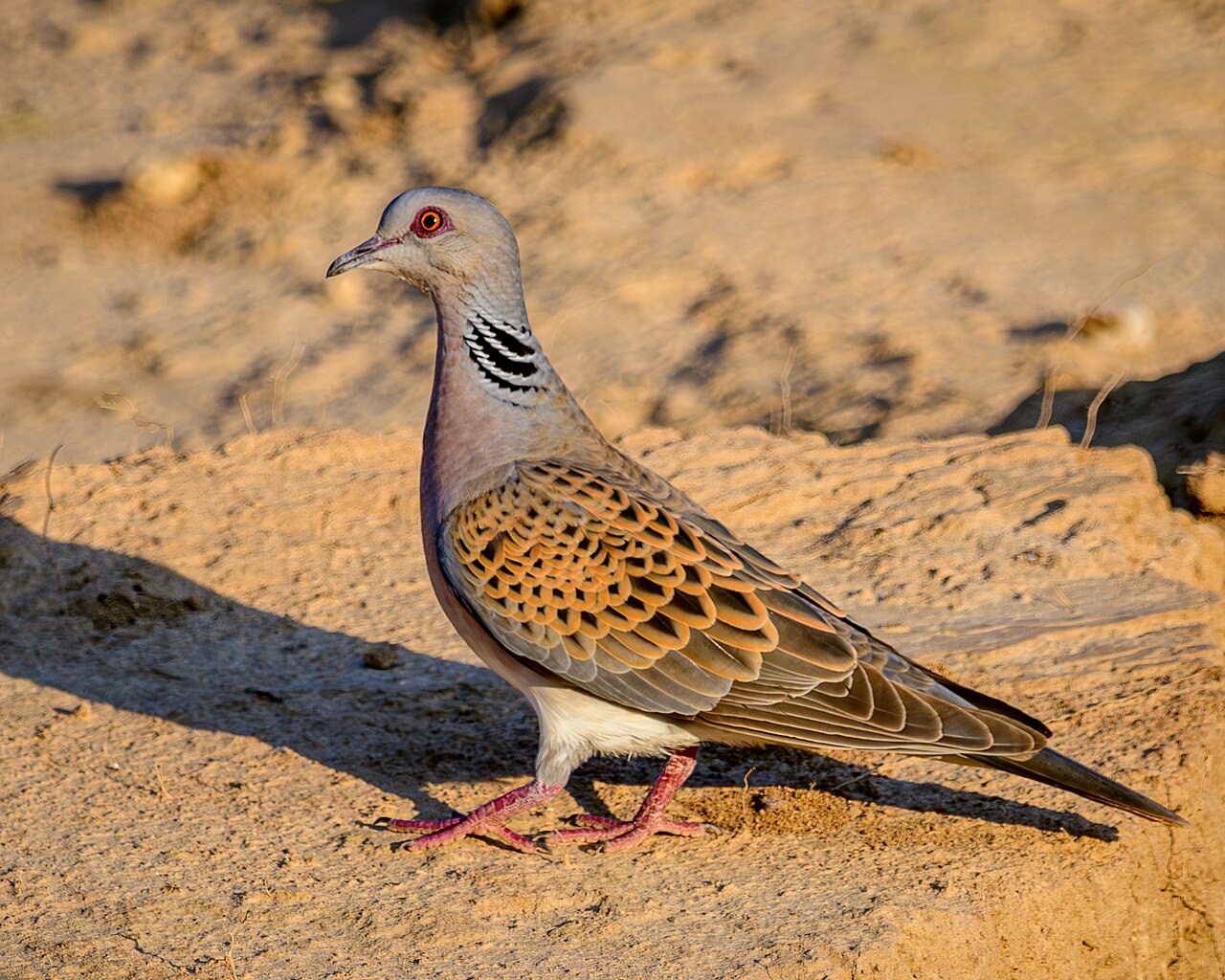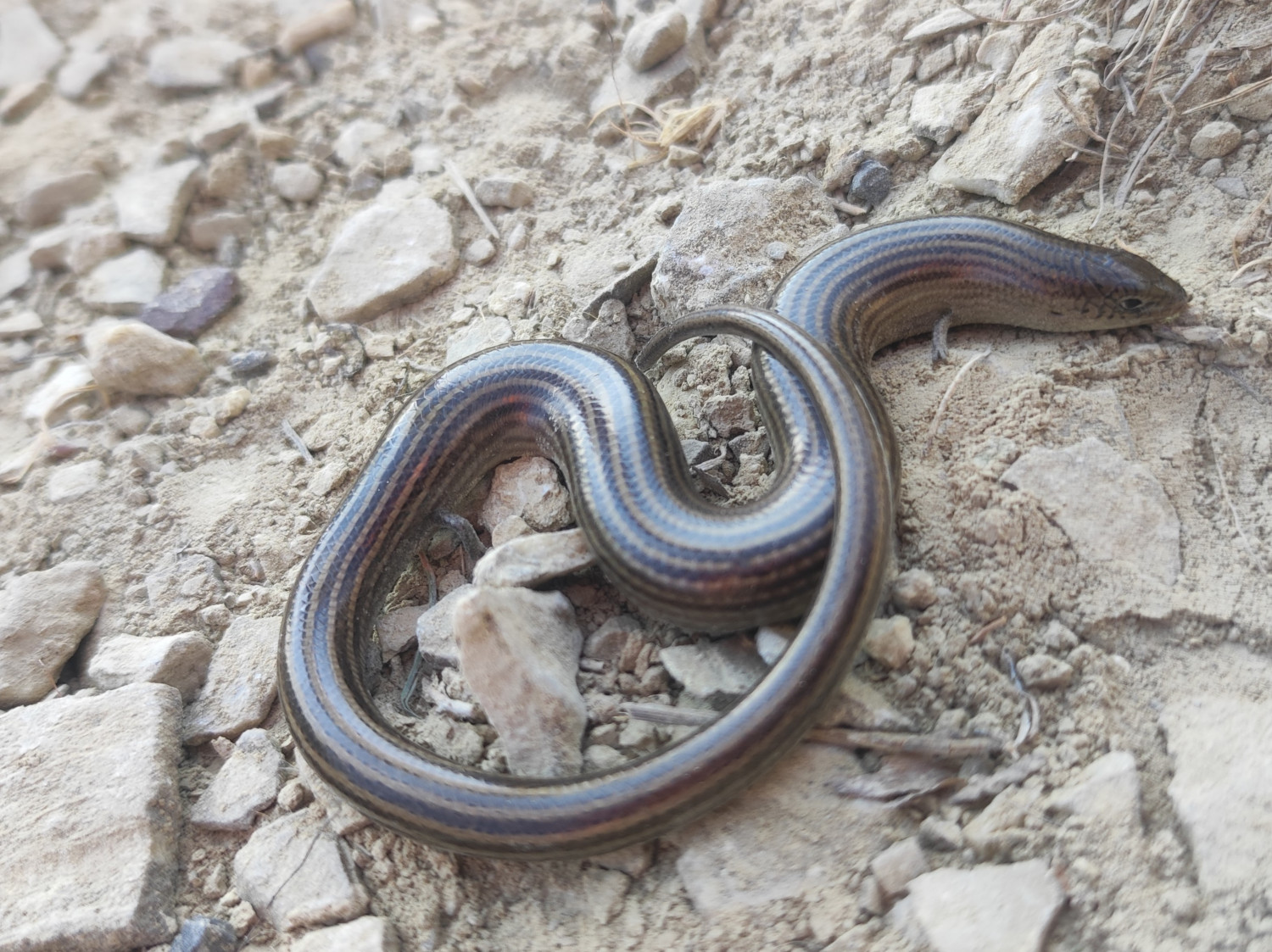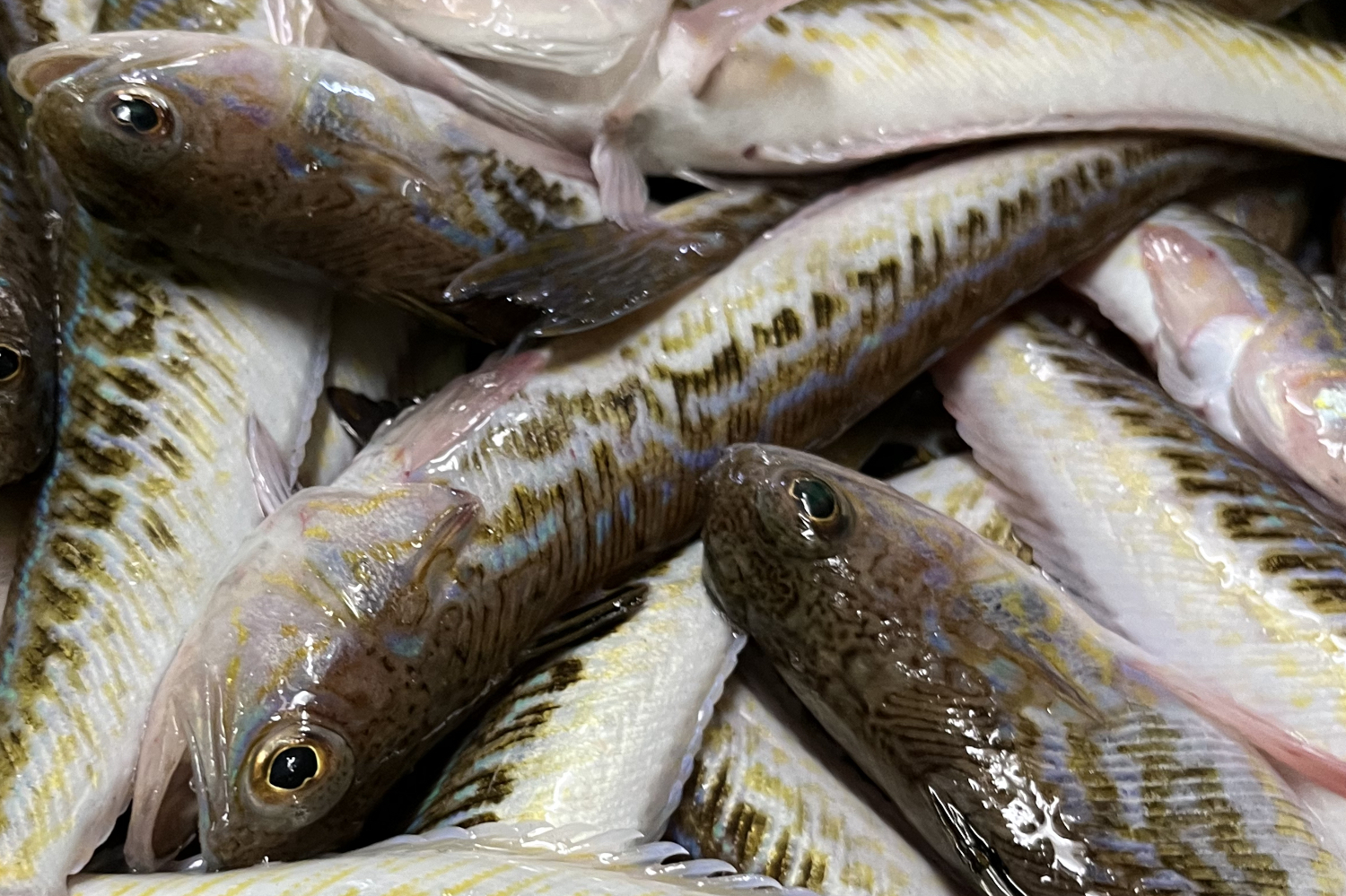Dancing with the wind
- All day in the air, back and forth, dancing with the wind as if it were a comet… until you reach the shade of the sun! There's the milano flying. Hence, when the sun rises and gets into the clouds, it is said that there is “shadow of milano” or “querella de milano”, as the altzotarra Felipe Aierbe wrote in the journal Euskal Erria.

Red milano (Milvus milvus)
Group: Vertebrate / Bird
Size: From peak to tail: 61-72 cm. South length: 140-165 cm.
Where does he live? In areas of extensive campa and forest.
What do you eat? Medium birds, micromammals, amphibians, reptiles, insects, massacre, garbage.
Level of protection: Sponsored at European level.
In flight, both the tail and the color stand out, as below the red and white colors contrast a lot. It's what gives it the name: red milano, but the hernaniarras, for example, look more white than red and call it white milano. In other areas, on the contrary, it receives its name by the shape of its tail, such as the aguilucho, the cauliflower or the cauliflower. It is precisely because of this characteristic that the milano is easy to identify, since, as its names say, its tail is shaped like a fork, in the form of a v, also called the milan tail in some places. But what a lot of people don't know is that there are two species of thousands. The black milano is its cousin and it is easy to distinguish it from the red milano. As its name suggests, the black milano is darker, dark brown, while its tail instead of v is u. The Basque Red Thousands spend the whole year among us, although in winter hundreds of individuals from central Europe come to our lands fleeing from the cold. But these individuals turn in spring north, to the breeding. Instead, the black thousands, cousins, spend the winter in Africa and come to grow us in the spring. So if we see a milano in winter, it will surely be a red milano!
One of the characteristics of this predator is to be an incompetent predator. So it feeds on prey that's easy to capture. In spring and summer, it mainly hunting small, sick or inexperienced animals, such as rabbits with myxomatous, bird chickens that have not yet learned to fly well, micromammals, amphibians, reptiles and insects. In winter, on the contrary, the dams are not so abundant, so look for food in tailings, slaughterhouses, mulars and husbandry. And of course, chickens and hens are not denied easy food either. The latter has given him a bad name, his example in the Sakana area: “Chitero.” It is also known as “chicken thief” or “hen thief”. It is very common to see to plan quite low in the vicinity of the road for dead animals hit by cars.
Red milano is a protected species. Red Milano populations in Europe are not so badly off, while the populations of southern Europe have suffered a significant decline in recent years. One of the main causes of this decline is the use of pesticides and poisons. Mirua is a species linked to the crop and cereal fields where it hunts. Consequently, poisons of systematic and massive use in rural and agricultural areas poison species that are prey to thousands of years, also poisoned. In Álava, for example, ten poisoned individuals were detected between 2018 and 2020. Persecution for its bad reputation also harms the species. Finally, changes in land use can reduce or eliminate breeding or hunting areas. Most of the red milanos of Gipuzkoa nest in pines of Monterrey. It is known that the brown band is causing the disappearance of many pine trees: the effect of this species on the red milano population is not yet clear, but it can be expected that it will not be good. On the other hand, between 2020-2021, ten other individuals were killed by accident.








